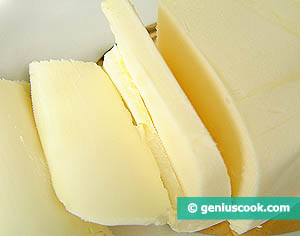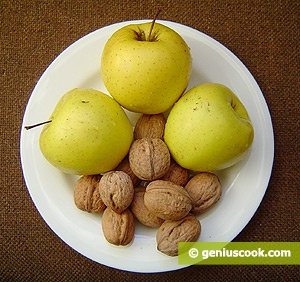Walnut
 Circassian walnut appeared 100 m years ago. The homeland of walnut is Balkans. It was brought to Greece and started to grow there, then in Italy. This is a big branchy tree. The bearing of this tree is nuts which kernels look similar to brains. Ripe nuts are edible products and a highly active medicine. Walnuts are twice as rich in calories as white bread. 100 g of walnuts contain almost 850 calories.
Circassian walnut appeared 100 m years ago. The homeland of walnut is Balkans. It was brought to Greece and started to grow there, then in Italy. This is a big branchy tree. The bearing of this tree is nuts which kernels look similar to brains. Ripe nuts are edible products and a highly active medicine. Walnuts are twice as rich in calories as white bread. 100 g of walnuts contain almost 850 calories.
A walnut kernel contains up to 50% fats, 25% carbohydrates, proteins, vitamins А, В3, В2, С, Е, К, Р, mineral salts. Institutes of nutrition recommend to consume 3,6 kg of walnuts anniversarily.
- Walnuts are recommended for the prevention and treatment of atherosclerosis, deficiency in vitamins, cobalt salts and iron in the organism.
- Walnuts contain a lot of cellulose and oils, that can stimulate the bowels functioning. They are recommended for old people disposed to constipation.
- Walnuts are healthful for children and mental workers (they stimulate the formation of bone and muscular tissue), improves the functioning of liver and stomach.
- It is used for the malaria treatment and as an anthelminthic.
- Walnuts are recommended to be included in the diet of the patients suffering from hyper- and hypoacidity.
- The oil of walnuts has a wound healing effect. It is applied externally for the treatment of skin diseases. It is eaten as a laxative, anthelminthic and diuretic.
The kernels of walnuts are very tasty. This is a valuable, highly nutritious product, which is used in cookery and confectionery. Especially piquant are the sauces with walnut kernels.






